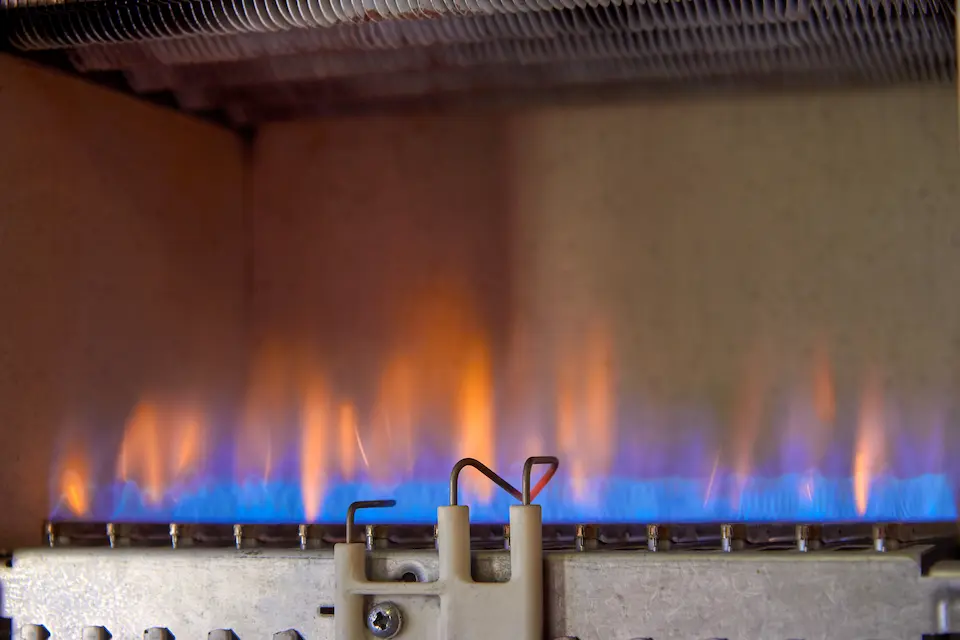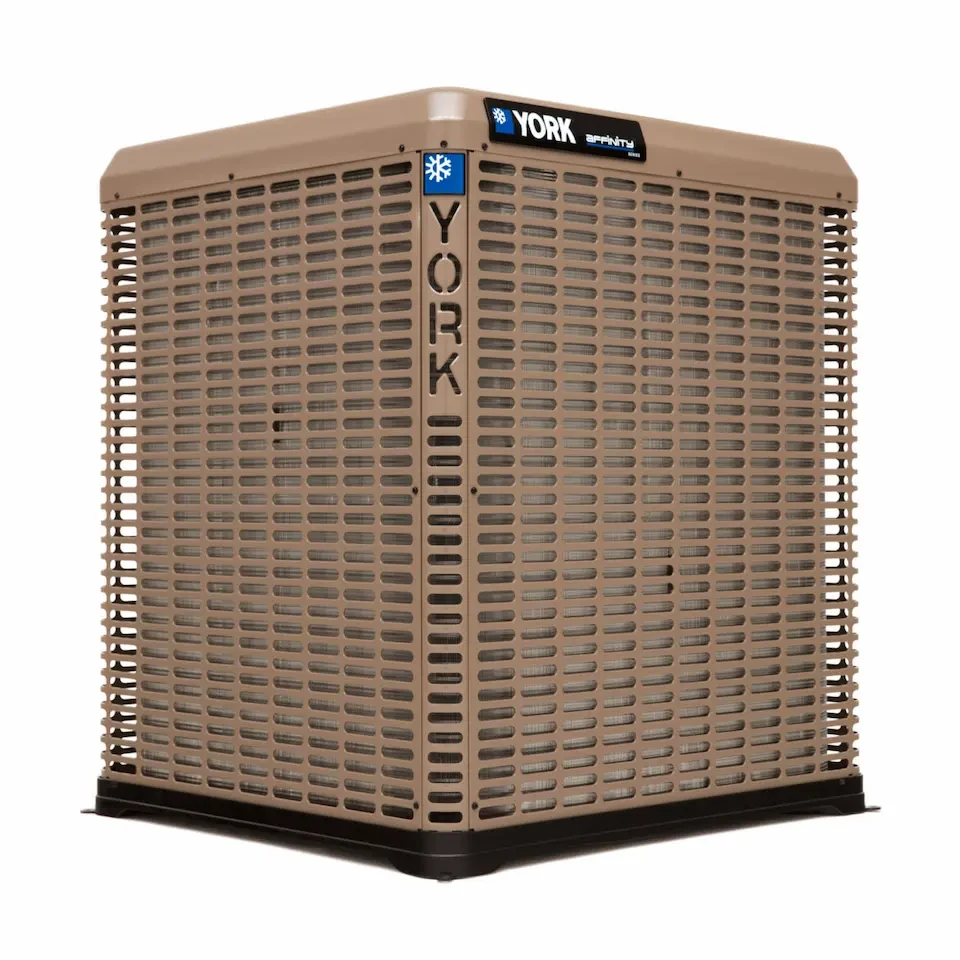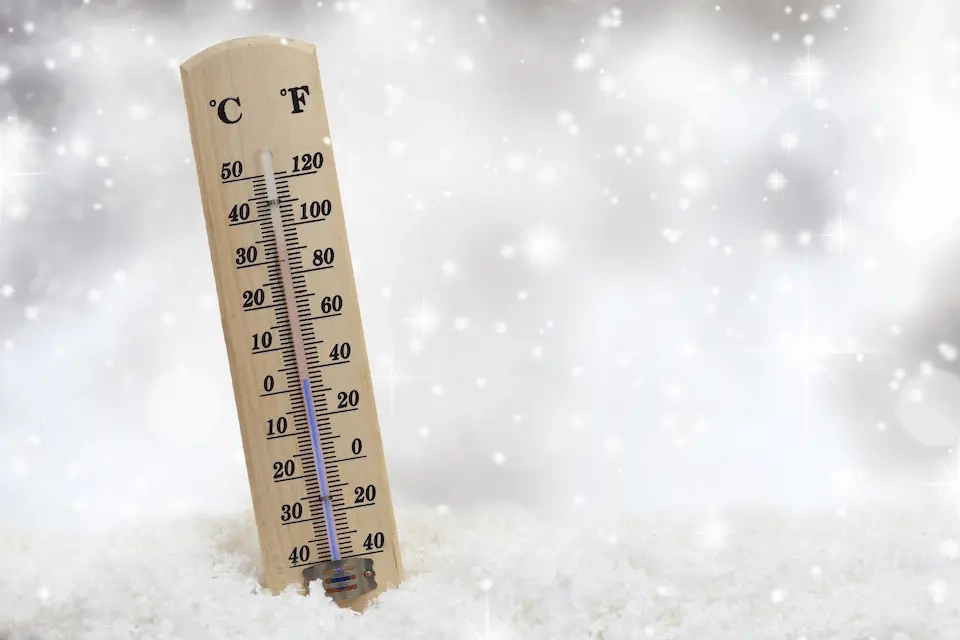November 13, 2023
Air Handler vs Furnace: Understanding the Difference

As the seasons change and the temperature begins to fluctuate, ensuring your home remains comfortable year-round becomes a top priority. This is where your HVAC system plays a crucial role. Whether you’re building a new home, renovating an existing one, or simply considering an upgrade, understanding the fundamental components of your HVAC system is essential.
At Bowman Mechanical Services, serving the Raleigh, NC area, we believe that an informed homeowner is a satisfied homeowner. With that in mind, our heating and cooling experts are here to shed light on a fundamental aspect of your HVAC system: the distinction between air handlers and furnaces. While both play vital roles in regulating your indoor climate, they serve distinct purposes and have unique features.
What is an Air Handler?
An air handler is a crucial component of a heating, ventilation, and air conditioning (HVAC) system. Its primary function is to circulate and condition air within a building or home. Air handlers are typically installed indoors and work in conjunction with other HVAC components, such as heat pumps or central air conditioning units, to regulate indoor temperature and air quality.

How Air Handlers Work
Air handlers work in conjunction with other HVAC components to control your indoor climate.
The process can be summarized as follows:
Air Intake: The air handler draws in indoor air through the return air ducts.
Filtration: The air passes through the air filter, removing particles and contaminants.
Conditioning: Depending on the desired temperature, the air handler can either heat the air by passing it over the heat exchanger or cool it by circulating it over the evaporator coil.
Distribution: Once conditioned, the air is pushed through the supply air ducts and distributed throughout your home.
Common Applications for Air Handlers
Air handlers find their place in various HVAC systems and settings.
Here are some common applications:
Split HVAC Systems: Air handlers are often paired with heat pumps or central air conditioning units in split systems to circulate conditioned air throughout the home.
Air Quality Systems: In homes with a focus on indoor air quality, air handlers are used to distribute purified and filtered air.
Commercial Buildings: Air handlers are integral to maintaining comfortable indoor environments in office buildings, hospitals, and other commercial spaces.

What is a Furnace?
When winter’s chill sets in, and the need for warmth becomes paramount, your home’s furnace steps into the spotlight. Furnaces are central heating systems that generate and distribute heat to maintain a comfortable indoor temperature. Its primary function is to combust fuel or use electrical resistance to produce heat, which is then circulated through the home via ductwork and vents.
Types of Furnaces
Furnaces come in several varieties, each with its own set of advantages and fuel sources.
The most common types of furnaces include:
Gas Furnaces: These furnaces use natural gas or propane as fuel, providing an efficient and cost-effective heating solution. Gas furnaces are popular for their rapid heating capabilities.
Electric Furnaces: Electric furnaces rely on electrical resistance to generate heat. While they are clean and easy to install, they may have higher operating costs compared to gas furnaces.
Oil Furnaces: Oil furnaces use heating oil as their fuel source. They are often found in areas where natural gas is not readily available. Oil furnaces can be efficient and provide consistent heating.
How Furnaces Work
Understanding the operation of a furnace is key to appreciating its functionality.
Here’s how a furnace works:
Fuel Combustion: In gas or oil furnaces, the fuel is ignited by the burner. In electric furnaces, electrical resistance heats up heating elements.
Heat Transfer: The heat generated is transferred to the heat exchanger, where it warms up the air passing over it.
Air Circulation: The blower motor pushes the warmed air through the ductwork, distributing it to various rooms in the house.
Thermostat Control: The thermostat regulates the furnace’s operation, turning it on and off to maintain the desired temperature.
Key Differences Between Air Handlers and Furnaces
While both air handlers and furnaces contribute to your HVAC system’s overall performance, they serve distinct roles and come with their own set of characteristics.
Primary Function and Purpose
An air handler’s primary function is to circulate and condition air. It doesn’t generate heat but is responsible for distributing either warm or cool air throughout your home. Air handlers are often paired with heat pumps or central air conditioners to maintain a comfortable indoor climate year-round.
A furnace, on the other hand, is designed specifically for heating purposes. It generates heat, typically through combustion (in gas or oil furnaces) or electrical resistance (in electric furnaces). Furnaces excel at providing efficient and rapid heating during cold weather.
Energy Source
Air handlers do not consume fuel or electricity for heating. Instead, they rely on a separate heating or cooling source, such as a heat pump or air conditioner, to condition the air. They are, therefore, energy-efficient in terms of not producing heat directly.
Furnaces are energy sources themselves. They use natural gas, propane, heating oil, or electricity to generate heat. The choice of fuel source affects their efficiency, cost, and environmental impact.
Installation and Placement
Air handlers are typically installed indoors, often in basements, utility closets, or attic spaces. They are part of a split HVAC system and work alongside an outdoor unit (heat pump or central AC). Their installation is more flexible and allows for various placement options.
Furnaces can be installed both indoors and outdoors, depending on the type and local regulations. Gas and oil furnaces often require proper venting and combustion air supply, which can affect installation location choices. Electric furnaces, being clean-burning, are more flexible in terms of placement.
Air Quality Considerations
Air handlers typically include air filters that can help improve indoor air quality by capturing dust, allergens, and pollutants. They are often used in systems that prioritize air purification and filtration.
While furnaces do not have built-in air purification features, their combustion process may produce combustion byproducts. Proper venting and maintenance are essential to prevent the release of harmful gases like carbon monoxide (CO) and ensure good indoor air quality.
Efficiency and Cost Factors
Air handlers themselves do not consume energy for heating or cooling, making them energy-efficient. However, their overall efficiency depends on the efficiency of the heat pump or air conditioner they are paired with. Operating costs are generally lower with well-maintained air handlers.
The efficiency of a furnace depends on its type and fuel source. Gas furnaces, for instance, can be highly efficient. However, the cost of the fuel source and maintenance requirements can impact overall operating costs.

Making the Right Choice for Your HVAC System
Choosing between an air handler vs furnace is a significant decision that can impact your home’s comfort, energy efficiency, and overall HVAC performance. To help you choose your home’s HVAC system, let’s explore the essential factors to consider.
Climate
Your local climate plays a crucial role in determining your heating and cooling needs. If you live in an area with cold winters, a furnace might be the primary choice for efficient and reliable heating. In milder climates, an air handler paired with a heat pump or central AC may suffice for both heating and cooling.
Existing System
If you’re replacing an existing HVAC system, it’s essential to consider compatibility. Replacing like with like can simplify installation and potentially reduce costs. However, if you’re open to changing your system type, you can explore alternatives that may better suit your needs.
Energy Source
Your choice of energy source can impact both the environmental and financial aspects of your HVAC system. If you have access to natural gas, a gas furnace might be cost-effective. Electric furnaces are an option for areas with no gas supply. Air handlers offer flexibility as they don’t require a specific energy source themselves.
Indoor Air Quality
If indoor air quality is a top priority, an air handler can be an excellent choice. They often come with air filtration options that can help reduce allergens and pollutants in your home. Furnaces, while capable of providing heat, may not have the same built-in air purification features.

Stay Warm this Winter with Our Raleigh HVAC Services
As the winter chill approaches, ensuring your home stays warm and comfortable becomes a top priority. At Bowman Mechanical Services, we’re dedicated to helping you achieve just that. With our comprehensive HVAC services in Raleigh and the surrounding areas, you can trust us to keep your heating system in top-notch condition, whether it’s an air handler or a furnace.
Don’t let the cold catch you off guard—reach out to us today for expert heating and cooling system installation by calling us at [phone] or filling out the contact form below.

